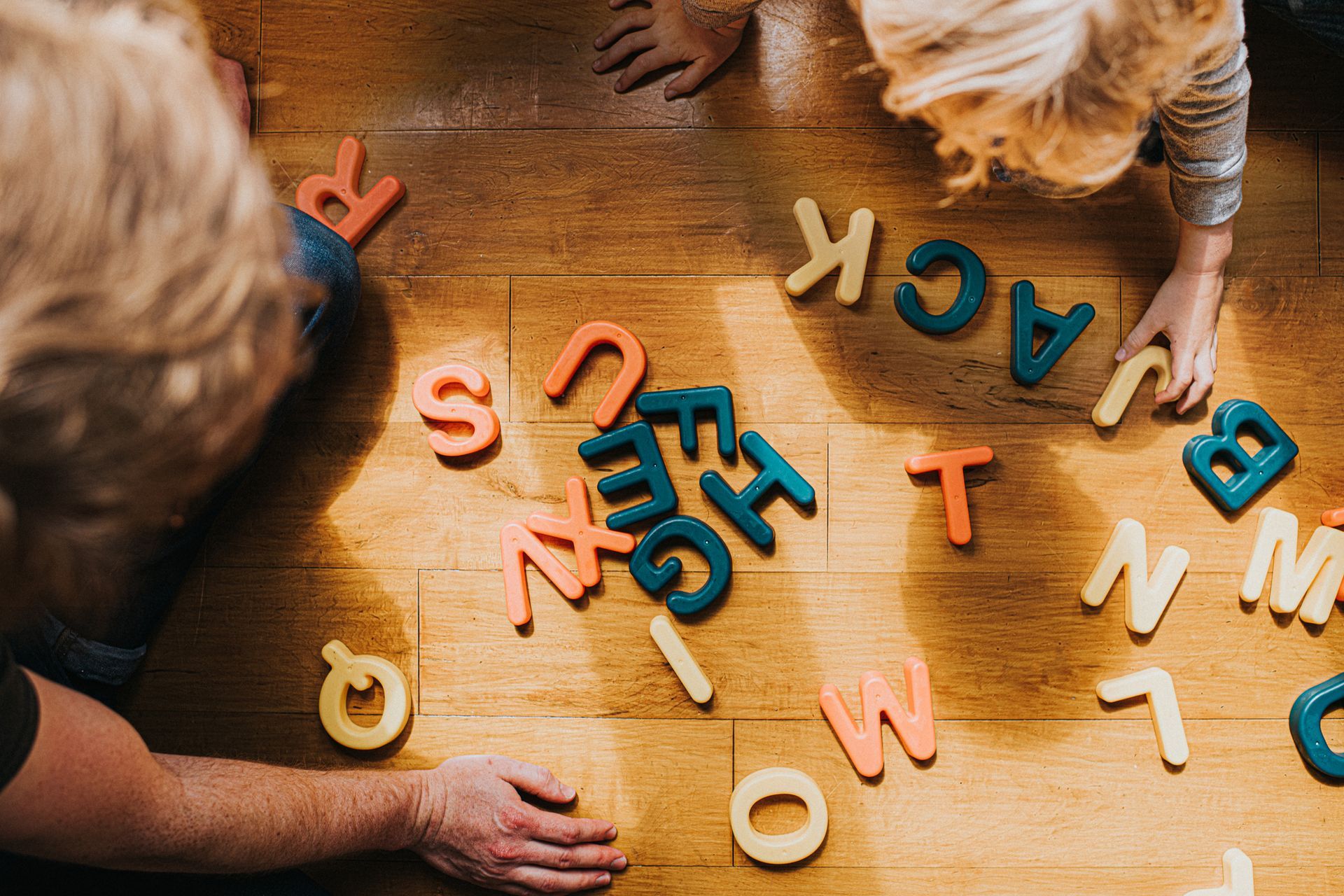About The Learning Disabilities We Help Provide Treatment For
Learning Disabilities
Learning disabilities are neurocognitive disorders that impair learning. In many cases learning disabilities can be overcome by nontraditional methods which are often not within the expertise of most teachers.
Psychologists often define learning disabilities as “specific learning disorders”. Research has indicated that specific learning disabilities may be a single disability or there may be several disabilities present simultaneously. I choose to separate specific learning disorders into focused areas of learning deficiencies in reading, handwriting, numeracy, and executive functions.
All these areas can and should be identified through psychological testing which considers a broad range of factors including IQ, educational opportunities, motivation, and other sensory factors. However, to remediate these learning disabilities, each disorder must be specifically assessed. Therefore, I follow more specific definitions of these specific learning disabilities as dyslexia, dysgraphia, dyscalculia, and ADHD. The disorders will not be diagnosed in persons with average or above average intellectual abilities and who have not had adequate academic opportunities, or who are poorly motivated, or have any relevant sensory impairments.
Dyslexia
Dyslexia, like other learning disabilities, is a neurocognitive disorder that obstructs the normal psychological process of learning to read. The psychological process centers around a system in the brain called the phonological loop. In simple terms this means that a person with dyslexia cannot associate sounds with letters the way that most people do. Learning to read with traditional teaching methods is not possible and most teachers do not have the skills to assess and intervene effectively.
Signs of Dyslexia
The International Dyslexia Association (IDA) says that the problems displayed by individuals with dyslexia involve difficulties in acquiring and using written language. It is a myth that individuals with dyslexia “read backwards,” although spelling can look quite jumbled at times because students have trouble remembering letter symbols for sounds and forming memories for words.
Not all students who have difficulties with these skills have dyslexia. Formal testing of reading, language, and writing skills is the only way to confirm a diagnosis of suspected dyslexia.(IDA)
Other problems experienced by people with dyslexia include the following:
- Learning to speak
- Learning letters and their sounds
- Organizing written and spoken language
- Memorizing number facts
- Reading quickly enough to comprehend
- Persisting with and comprehending longer reading assignments
- Spelling
- Learning a foreign language
- Correctly doing math operations
Dysgraphia
Dysgraphia is related to dyslexia. Dysgraphia is an inability to connect the shape of a letter or words with the muscle movements in the hand and arm to write. In other words, a person with dysgraphia has very bad handwriting. Dysgraphia involves areas of the brain that are also involved with dyslexia, so these two disorders can be present simultaneously. However, dysgraphia involves other parts of the brain that coordinate physical movements that are not involved with dyslexia.
Signs of Dysgraphia
According to the Cleveland Clinic, People with dysgraphia may have several different difficulties when it comes to writing and may speak more easily and fluently than they write.
Having one of these signs doesn’t mean that a person has dysgraphia, but if your child is having trouble learning the basic skills for writing that are appropriate for their age, they should be tested to see if they need specific help. (Cleveland Clinic)
They may have issues with:
- Letter formation and/or legibility.
- Letter size and spacing.
- Spelling.
- Fine motor coordination.
- Rate or speed of writing.
- Grammar.
- Composition.
Specific ways dysgraphia can present include:
- Difficulties writing in a straight line.
- Difficulties with holding and controlling a writing tool.
- Writing letters in reverse.
- Having trouble recalling how letters are formed.
- Having trouble knowing when to use lower or upper case letters.
- Struggling to form written sentences with correct grammar and punctuation.
- Omitting words from sentences.
- Incorrectly ordering words in sentences.
- Using verbs and pronouns incorrectly.
Dyscalculia
Dyscalculia is a neurocognitive disorder that prevents the learning of certain math skills, specifically arithmetic. It does not mean that a person is just bad at math. It is specifically related to the ability to do arithmetic which means it has longer-range effects on learning geometry and algebra. Like dysgraphia, dyscalculia shares some of the brain structure to function. Therefore, it too, may be present with dyslexia as well as dysgraphia.
Signs of Dyscalculia
The Cleveland Clinic provides age-related signs of dyscalculia as follows:
Young children (up to the pre-K and kindergarten levels)
For very young children, the most common symptoms include trouble with:
- Counting upward.
- Connecting a number to that many of an object (for example, connecting the number 4 to that many marbles in front of them).
- Recognizing numbers and math symbols.
- Organizing numbers, such as largest to smallest or first to last.
- Recognizing and using number lines.
- Learning using money (such as coins or bills).
School-age children (primary/grade/elementary school)
The symptoms of dyscalculia often draw attention when children start school around age 6. For these children, the symptoms include trouble with:
- Counting on fingers with small numbers (especially at an age where that seems unnecessary).
- Identifying small quantities of items just by looking (this looks like needing to count each one by one).
- Doing simple calculations from memory.
- Memorizing multiplication tables.
- Recognizing the same math problem when the order of the numbers or symbols changes (struggling to understand that 1+7=8 is the same as 8=7+1).
- Understanding word problems or more advanced symbols (such as > meaning “greater than” or < meaning “less than”).
- Organizing numbers by scale (10s, 100s, 1,000s) or decimal place (0.1, 0.01, 0.001).
Teenagers (secondary school- or high school-age) and adults
The symptoms in teenagers and adults often look like trouble with the following:
- Counting backward.
- Solving word problems.
- Breaking down problems into multiple steps to solve them.
- Measuring items.
- Measuring quantities (such as for cooking/baking recipes).
- Using money (coins and bills) to pay for items, exchanging bills for coins (and vice versa) and making change.
- Understanding and converting fractions. (Cleveland Clinic)
Attention Deficit Disorder/ Hyperactivity (ADHD)
ADHD is a complicated diagnosis that involves executive functioning in the brain. Physicians as well as psychologists may be involved in the diagnosis and treatment of ADHD to provide therapies and medications for aspects of the disorder not directly related to learning. The learning aspects of ADHD are primarily associated with teaching methods that compensate for the level of distraction a student experiences. ADHD can be present with either or all of dyslexia, dysgraphia, and dyscalculia.
Signs of ADHD
According to the Diagnostic and Statistical Manual of mental Disorders (DSM-5) 6 or more of the following characteristics must be present:
- Often fails to give close attention to details or makes careless mistakes in schoolwork, at work, or with other activities.
- Often has trouble holding attention on tasks or play activities.
- Often does not seem to listen when spoken to directly.
- Often does not follow through on instructions and fails to finish schoolwork, chores, or duties in the workplace (e.g., loses focus, side-tracked).
- Often has trouble organizing tasks and activities.
- Often avoids, dislikes, or is reluctant to do tasks that require mental effort over a long period of time (such as schoolwork or homework).
- Often loses things necessary for tasks and activities (e.g. school materials, pencils, books, tools, wallets, keys, paperwork, eyeglasses, mobile telephones).
- Is often easily distracted
- Is often forgetful in daily activities.
- Often fidgets with or taps hands or feet, or squirms in seat.
- Often leaves seat in situations when remaining seated is expected.
- Often runs about or climbs in situations where it is not appropriate (adolescents or adults may be limited to feeling restless).
- Often unable to play or take part in leisure activities quietly.
- Is often “on the go” acting as if “driven by a motor”.
- Often talks excessively.
- Often blurts out an answer before a question has been completed.
- Often has trouble waiting their turn.
- Often interrupts or intrudes on others (e.g., butts into conversations or games)
Call us at 850-558-3013 to learn more about our learning services.









